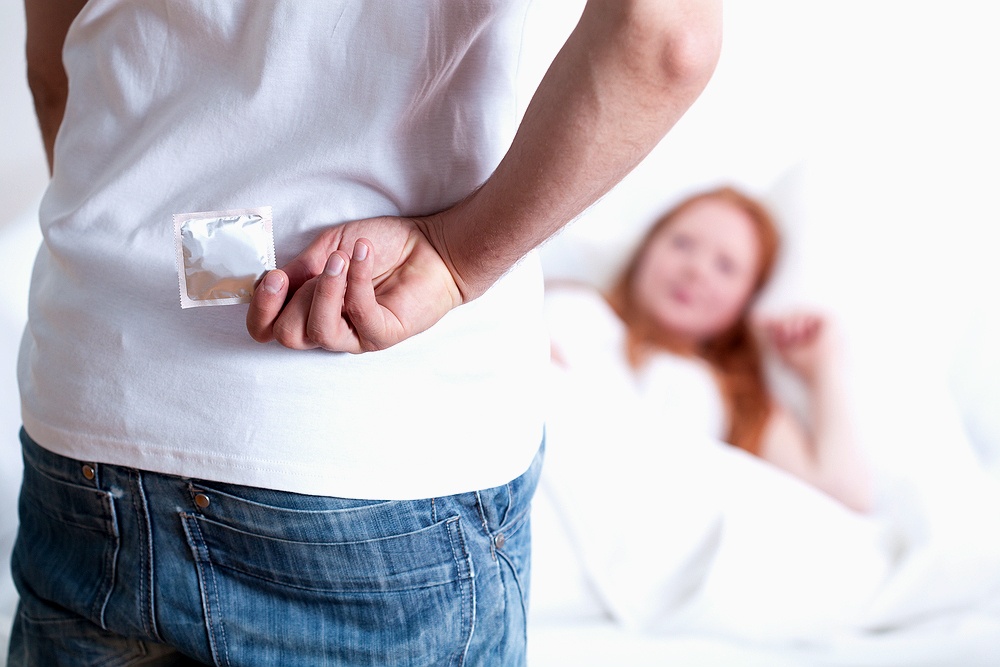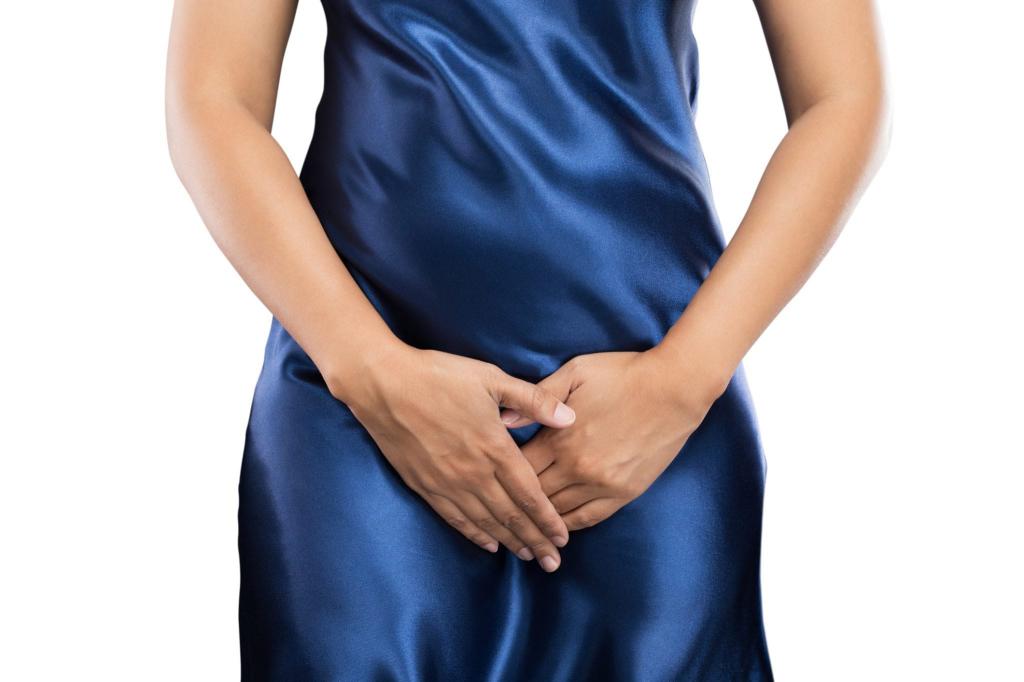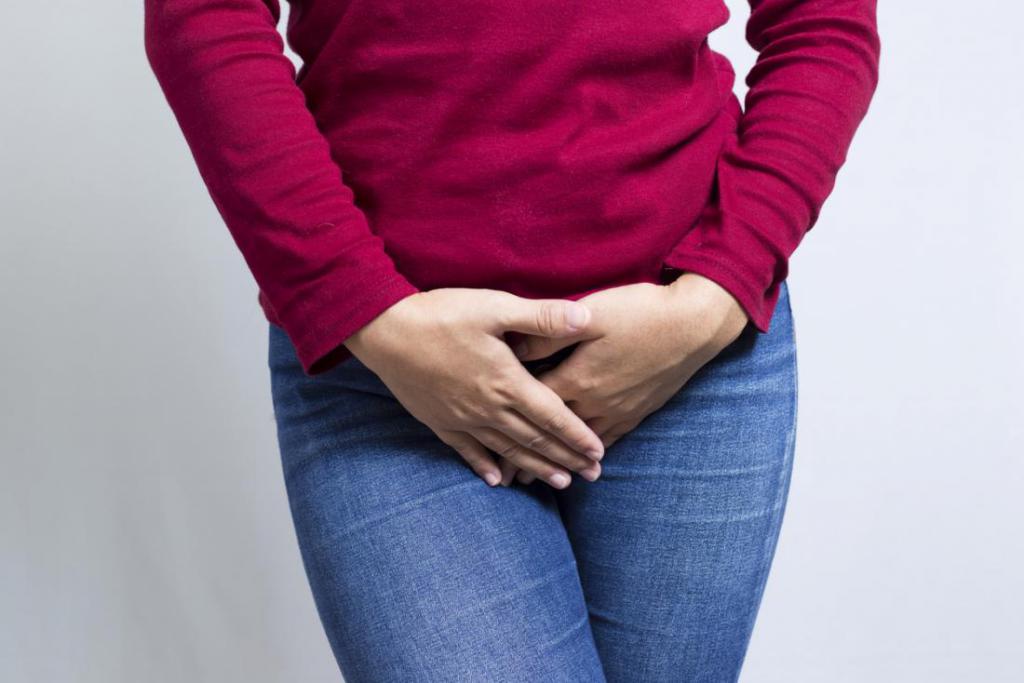Sexual life is an important component of the life of any person. And most importantly, that sexual relationships do not harm your health! Therefore, it is very important to talk and know about all the diseases that can lie in wait for both men and women.
Most often, problems arise precisely in women, and many of them are transmitted during intercourse from a man and are more difficult. Today we’ll talk about a rather rare, but still occurring disease of the genital area - balanoposthitis. In principle, balanoposthitis usually affects men. This is an inflammation of the head of the penis and its foreskin. In women, he practically does not occur, but passes from a man. Female balanoposthitis is called vulvovaginitis or candidiasis, which is caused by Candida fungi. The second name for this condition is thrush, due to the presence of cheesy whitish discharge.
You will learn more about the symptoms and treatment of balanoposthitis in women below.

Causes
It is not possible to identify the most obvious reason provoking the development of pathology in a woman. The first and most important thing to know is that balanoposthitis is transmitted from man to woman. And this is the most common way of infection. There are certain factors that maximize the reproduction of the fungus. It is noteworthy that in women this disease is often not infectious, but the doctor diagnoses a weakened immune system. The disease can develop due to the use of hormonal drugs, especially birth control pills, which change the hormonal background in a woman. Also, the risk of developing this disease increases during the menstrual cycle and pregnancy, which also provokes the active reproduction of the fungus.

Key factors
The use of certain antibiotics and a long-term illness of a woman can affect the state of immunity. Some groups of drugs can lead to an imbalance of microflora, since harmless microorganisms die, and not just pathogenic bacteria. If the body has a fungus, balanoposthitis will develop with existing risk factors. The main cause of balanoposthitis is, as mentioned above, a decrease in immunity, which is facilitated by:
- serious stress at home or at work;
- insufficient hygiene of the genitals of a woman;
- previous inflammatory or chronic disease;
- gynecological diseases;
- unprotected sex;
- inflammation that can change the hormonal background;
- treatment with antibiotics, hormones or steroid drugs;
- menstrual cycle;
- pregnancy.
Other reasons
Candidiasis balanoposthitis in women can often develop due to existing autoimmune diseases, cancer processes or HIV infection. A marked decrease in immunity can occur against the background of frequent diets or insufficient intake of vitamins and nutrients.
This disease, which, as was noted above, is characteristic of the male gender, in women differs in a completely different course and etiology. Balanoposthitis is not contagious, but due to the lack of treatment and unprotected sex, it can threaten the development of more complex gynecological pathologies: chronic candidiasis, chlamydia, trichomoniasis, genital herpes, etc.

Symptoms
Symptoms of balanoposthitis include the following:
- pain and burning during sex and going to the toilet;
- causeless stitching pains periodically arising;
- redness of the vaginal mucosa;
- discharge corresponding to the developing pathogen, usually having a white color and an atypical odor;
- itching in the perineum, which intensifies at night;
- bad smell;
- An important symptom is drowsiness, lethargy and a weak emotional state.
How does the disease go in women?
The symptoms of balanoposthitis in women, the photo of which is not applied for ethical reasons, are especially pronounced, they make themselves felt about a week before menstruation. Vaginal candidiasis appears a bit later. In addition, symptoms may appear more pronounced when taking a bath. The acute form is characterized by pain during sexual intercourse, discomfort in the genital area, and even with frequent visits to the shower, the amount of discharge becomes more.
If a woman develops an asymptomatic form of balanoposthitis, very scanty discharge may be noted, so she later reveals the cause of the burning sensation, discomfort and itching. Often candidal balanoposthitis takes a chronic form, which leads to pain in the lower abdomen, fever, inflammation, as well as the appearance of cystitis or urethritis.

Diagnostics
It is highly undesirable to self-medicate when balanoposthitis is detected. To clarify the diagnosis, the doctor usually prescribes the following examinations:
- examination by a gynecologist through the use of a vaginal mirror;
- taking a smear of discharge from the cervix;
- cultural diagnosis;
- polymerase chain reaction, which helps to identify the presence of pathogens;
- colony detection for susceptibility to infection;
- enzyme immunoassay to determine the presence of chlamydia and mycoplasmas, the level of hormones.

When diagnosing balanoposthitis, it is important to take into account a quantitative factor: with a small content of the fungus, we can speak of its low danger. In some cases, this is even normal for vaginal microflora.
As clinical studies show, thrush can appear together with well-masked genital infections:
- trichomoniasis;
- gardnerellosis;
- gonorrhea;
- chlamydia
- genital herpes.
In this case:
- A woman is recommended to visit a venereologist and take tests: for STIs and PCR, donate blood according to the method of ELISA and RIF.
- Thrush can cause diabetes, so the patient needs to have regular blood donations to monitor glucose levels.
- It is worth visiting a gastroenterologist and endocrinologist, conducting a study of the abdominal organs, performing a study for the presence of dysbiosis.
- If this disease has caused a complication of the urinary tract, you should do an ultrasound of the bladder and pass a urine test in the laboratory according to Zimnitsky.
- Examination using a coloscopy (colposcopy). Inspecting the walls of the vagina, the doctor covers them with a solution of "Lugol". With the formation of small inclusions, we can talk about balanoposthitis.
If the disease was detected during pregnancy, a woman will need to monitor her condition and urgent treatment, since the infection can be transmitted to the fetus, penetrating its tissues and affecting the mucous membranes, some organs, skin and, of course, the umbilical cord. In the absence of adequate and timely therapy, the child may even die.

Treatment
When the diagnosis is final, the doctor selects the most effective drug to eliminate the causes of the disease. It is selected taking into account the identified pathogen. Since the infection is transmitted during intercourse, treatment should be given to both partners.
Main drugs
The mild form of this disease is treated with antifungal tablets, ointments and suppositories. The most commonly used are:
- "Natamycin";
- Ginezol-7;
- "Fluconazole";
- "Nystatin";
- “Ketoconazole”;
- "Clotrimazole";
- Pimafucin, etc.
The duration of treatment depends on the chosen treatment regimen, usually it is 2-7 days. To enhance the effect, therapy can be repeated. The chronic form of the disease is treated with the same medications, but the therapy is carried out according to an enhanced scheme. In addition to treatment, a woman needs to eliminate the reason why there was a decrease in immunity. You should stop the previously started taking antibacterial or contraceptives, improve metabolism.

Self treatment
Due to the rather simple way of using drugs, a woman can carry out treatment at home. The above funds are usually released in the form of ointments and creams, which are introduced using tampons, or they treat the genitals. Together with antifungal treatment, a woman needs to raise immunity. The doctor should choose a quality immunostimulating therapy or vitamin preparation. From the diet, you need to exclude rich pastries and sweet dishes, supplementing the diet with fiber to form a healthy microflora in the intestines.
It is important to understand that if you treat balanoposthitis in women yourself, this will not completely relieve the disease, but only slightly mitigate its symptoms. As a result of such an incorrect approach, this disease can quickly become chronic from an acute form, which is much more difficult to treat.